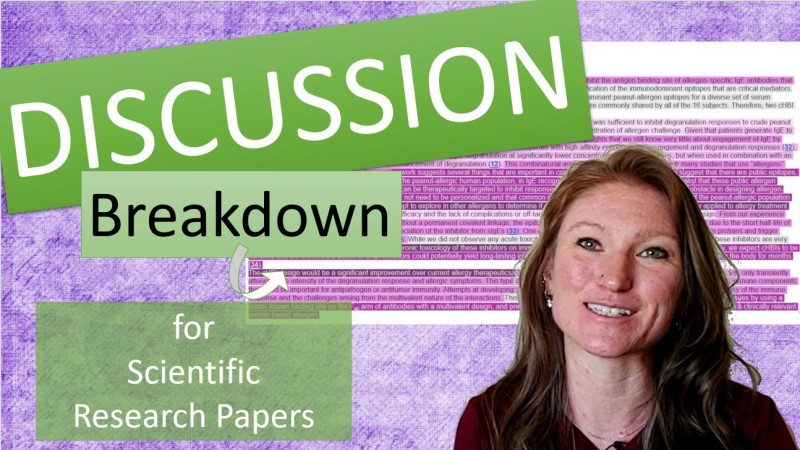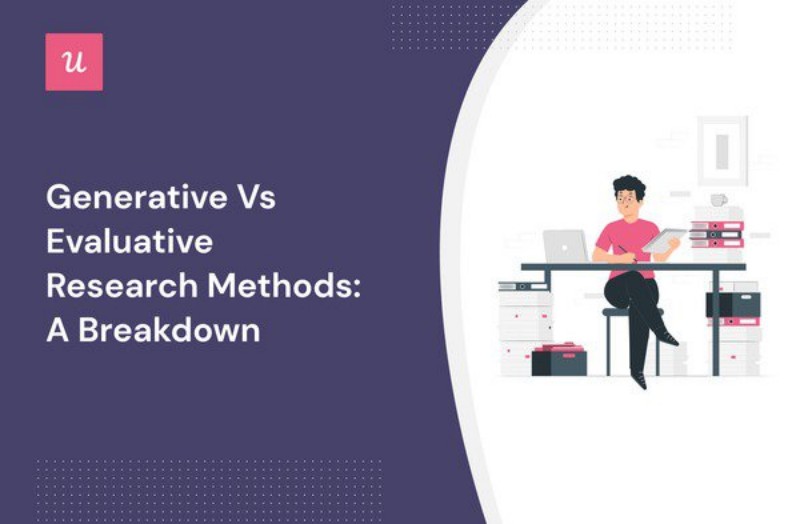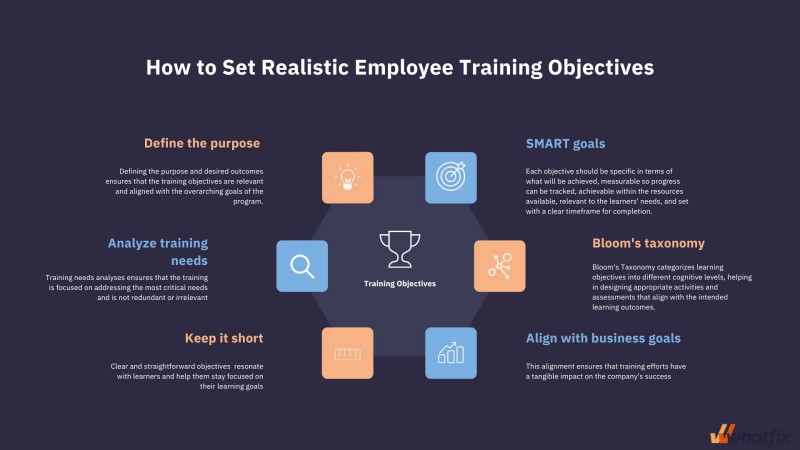Current location:Home > Nutrition Science > Meal Plans > Text
Time:2025-07-26 Source:Mind Body FuelAuthor:Click:0
If you’ve been advised by your healthcare provider to follow a low-protein diet, or you’re simply curious about the potential health benefits, you might be wondering where to begin. A low-protein meal plan can be a game changer in managing various health conditions and improving overall wellness. But getting started can feel overwhelming. Don’t worry – we’re here to help.
First, let’s clarify what a low-protein diet entails. As the name suggests, it’s a diet that restricts protein intake. While the average person requires around 50 grams of protein per day, a low-protein diet typically limits this to around 40 grams or less. Adopting such a dietary regimen can be beneficial for individuals with kidney disease, certain metabolic disorders, or those interested in exploring different dietary approaches.
A 2023 study from the Journal of Nutritional Health found that individuals following a low-protein diet reported improvements in their kidney function and metabolic health. However, it’s important to remember that this type of diet isn’t suitable for everyone and should be undertaken under medical supervision.
So, how can you successfully implement a low-protein meal plan? It begins with understanding which foods are high in protein and should be avoided or limited. These include meat, dairy products, eggs, and certain legumes like lentils and chickpeas. Conversely, foods rich in other nutrients but lower in protein—such as fruits, vegetables, grains, and certain types of nuts and seeds—should feature prominently in your meals.
It might seem challenging to create diverse and tasty meals with these restrictions, but with a bit of creativity, it’s more than possible. For breakfast, consider a bowl of oatmeal topped with fresh berries and a sprinkle of flaxseeds. Lunch could be a colorful salad tossed with a handful of nuts for some crunch. For dinner, a vegetable stir-fry with a side of quinoa can be both satisfying and delicious.
Remember, a low-protein diet doesn’t mean a no-protein diet. It’s still important to include some protein in your meals, but in controlled portions. For instance, adding a small amount of grilled chicken to your salad or a few pieces of tofu to your stir-fry can ensure you’re getting the necessary nutrients.
In addition to planning your meals, it’s crucial to stay hydrated. Water aids in digestion and can help your body process the lower amounts of protein. Avoid sugary drinks and alcohol, which can put additional strain on your kidneys.
Finally, remember that any dietary change should be gradual. It’s not about perfection, but progress. Start by slightly reducing your protein intake and observe how your body responds. Then, continue adjusting until you reach a balance that feels good and meets your personal health goals.
A 2025 study published in the Health and Wellness Journal revealed that people who transition slowly into a low-protein diet are more likely to stick with it in the long term. This slow transition can also minimize potential side effects such as fatigue or weakness.
In conclusion, a low-protein meal plan can be a beneficial dietary approach for certain individuals. With careful planning, creativity, and patience, it can lead to improved health and wellbeing. However, always remember to consult with a healthcare professional before starting any new diet plan.

Understanding Gym Membership Freeze Policies: A Comprehensive Guide

Unlocking the Connection between Gut Health and Diarrhea

Crafting a Low-Protein Meal Plan for a Healthier Lifestyle

Unwind with a Nighttime Stretching Routine for Better Health

Planning for Early Retirement: A Wellness Approach

Getting Fit with Workout Apps without Equipment: A New Trend in Health and Fitness

Mastering Deep Work Scheduling for Enhanced Wellness and Productivity

Maximize Your Performance with an Effective MMA Conditioning Program

Reviving Medical Tourism: A Post-Pandemic Recovery Strategy

Mental Health App Outcome Validation: A Comprehensive Guide for Wellness Enthusiasts
 Understanding Gym Membership Freeze Policies: A Comprehensive Guide
Understanding Gym Membership Freeze Policies: A Comprehensive Guide
 Getting Fit with Workout Apps without Equipment: A New Trend in Health and Fitness
Getting Fit with Workout Apps without Equipment: A New Trend in Health and Fitness
 Mastering Deep Work Scheduling for Enhanced Wellness and Productivity
Mastering Deep Work Scheduling for Enhanced Wellness and Productivity
 Unveiling Global Creativity Trends: Their Impact on Wellness and Beauty
Unveiling Global Creativity Trends: Their Impact on Wellness and Beauty






Copyright @ 2025 Mind & Body Fuel Email:xya0876@gmail.com No:26148
Statement: The articles on this website are all from the Internet and do not represent any views. Before making any health decisions, you must consult your doctor.